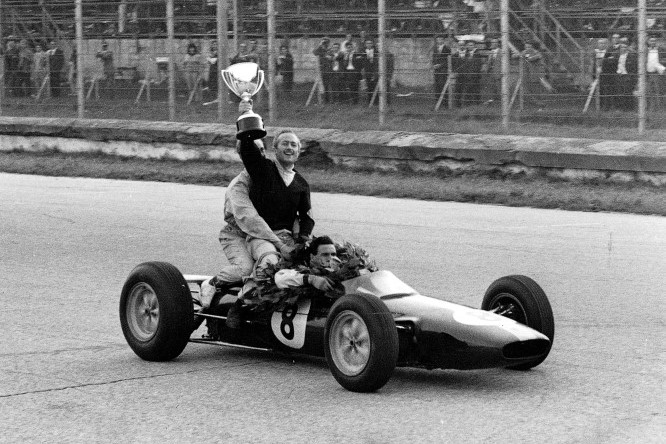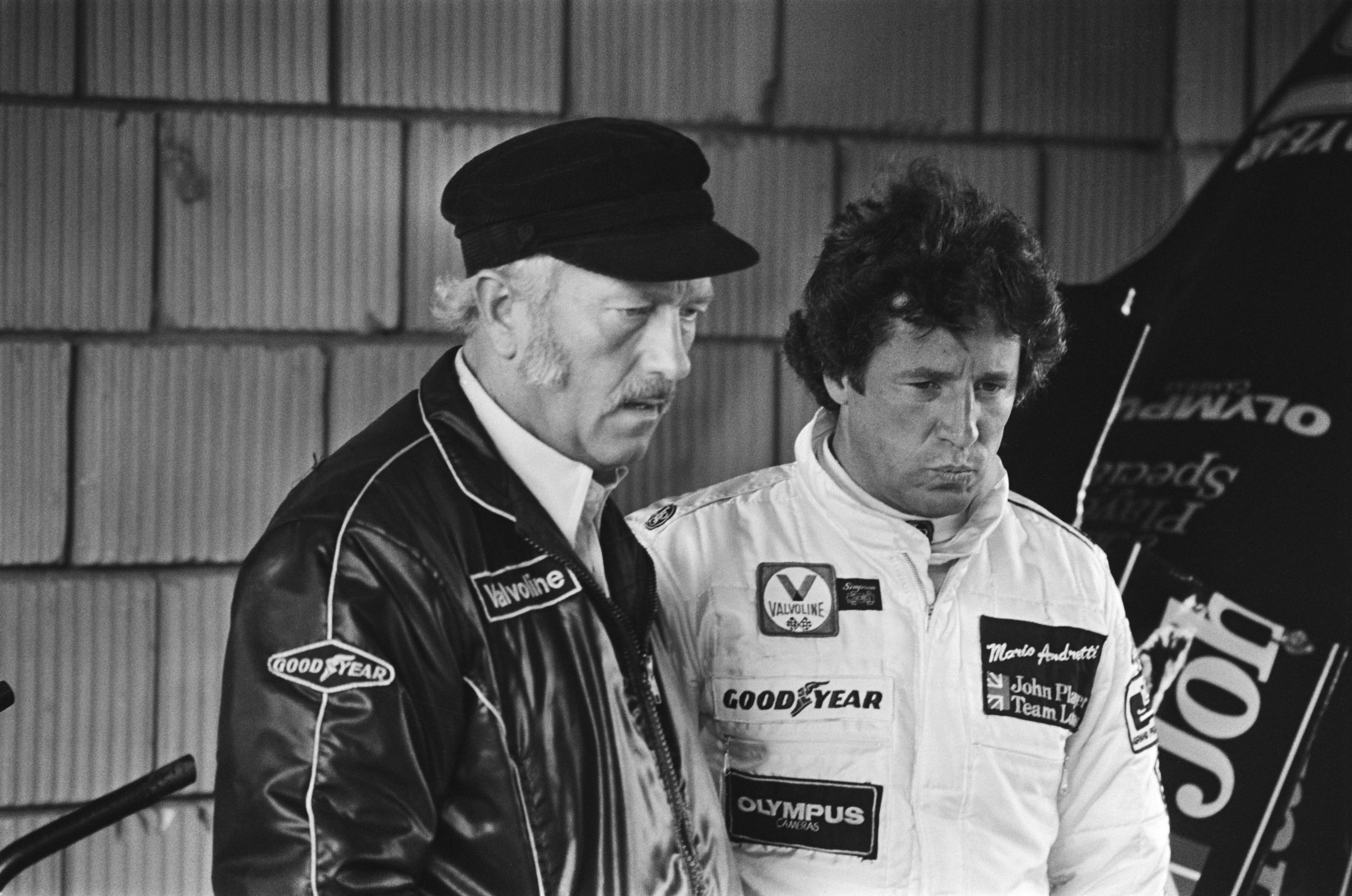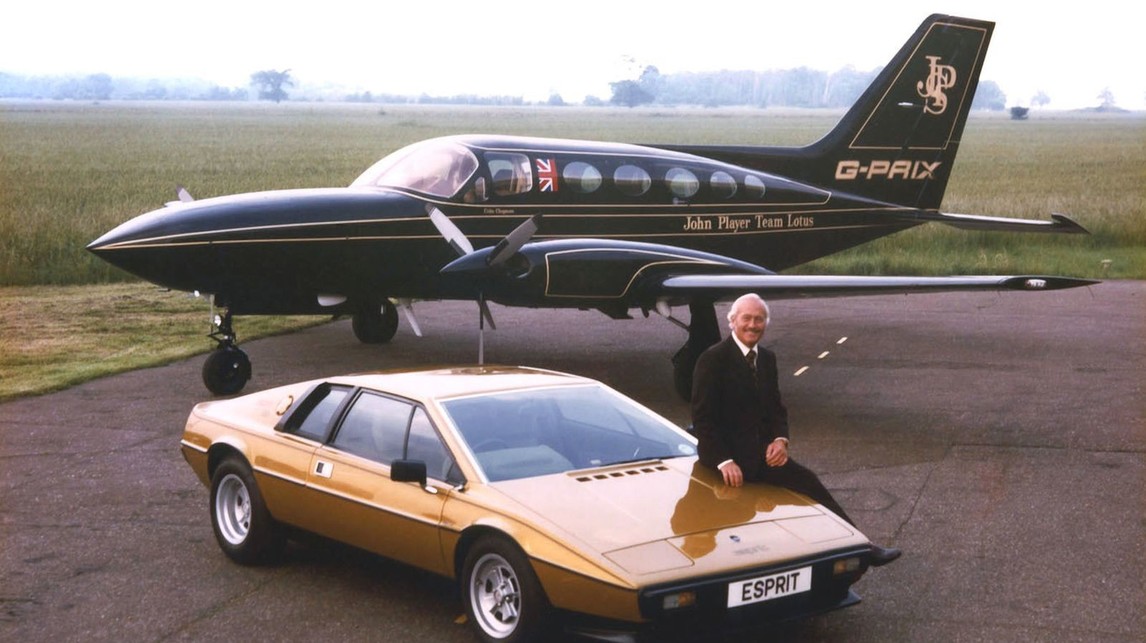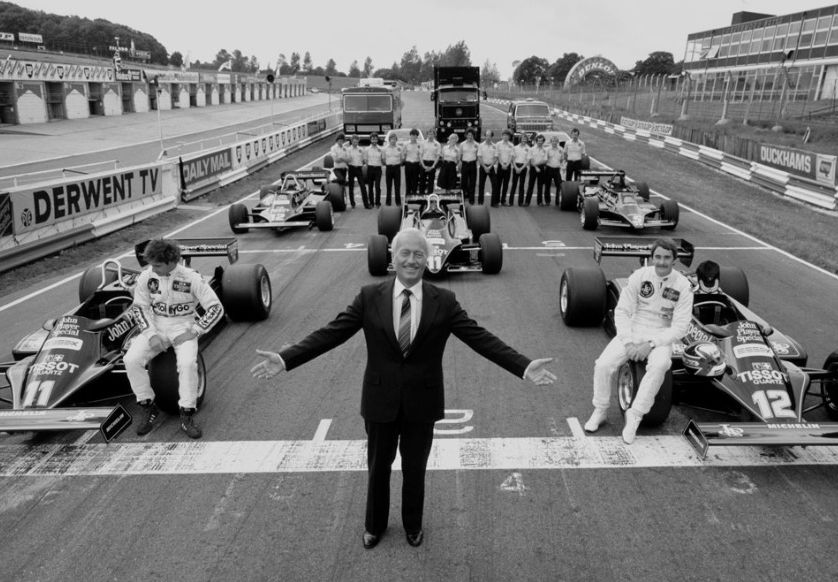The mystery of Colin Chapman’s death, the man who created the Lotus
Perfect escape or legend?
Photo credit: Wheelsage
In 1978 Colin Chapman placed the seventh constructor’s trophy on his mantelpiece after becoming the highest-decorated manufacturer in Formula 1: at the time Enzo Ferrari had six, McLaren just one and Williams had yet to win a race. It was a period in which the Lotus brand reigned supreme and the prestige generated by these successes translated into abundant profits thanks in no small part to the lucrative sponsorships of the tobacco industry. A Formula 1 sponsorship he had invented in 1968.
No one doubts Chapman’s genius. His was, however, a ruthless genius, who routinely applied the principle of making the most extreme cars possible both in terms of technology and lightness, and then correcting the defects that made them crash. In other words: I give my best to the driver but if I go too far in the design, he’s the one to pay the consequences. Just to mention the best known cases, those of two World Champions: the inexplicable death of Jim Clark at Hockenheim on the forest stretch when he was alone and way back in the rankings, therefore not under any pressure to take risks and that of Joken Rindt, at Monza, after a failure on his car’s front brake shaft. In other words, a ruthlessness that became somewhat of a trademark of the British manufacturer.

But just like the plot of an Edgar Allan Poe detective story, the genius from Richmond left this world at the age of 54, on a frosty, snow-filled night on 16th December 1982 at Ketteringham Hall where the team had its base in those years. The official cause of death was a heart attack, despite having just passed a check-up at Lloyd’s in London for the renewal of his life insurance policy and his pilot’s licence. And it is at this moment that an investigator of the likes of Auguste Dupin would step in and solve the mystery which, day after day thickens with elements that leave more than one doubt in the search of the truth.
What clues would Dupin follow?
Fittipaldi and Andretti, his drivers, were in America. They called England and asked to attend the funeral, but the family told them that Chapman had already been buried. Too fast not to raise suspicions. Also because at Norwich airport there was no trace of his return from Paris by private plane.

The cemetery with Chapman’s tombstone is in East Carleton, a stone’s throw from the family estate. The caretaker’s wife had said: “It looks like the date of Colin Chapman’s death has been altered in the parish records. I once learned from Hazel, Chapman’s widow, that the doctor who had drawn up her husband’s death certificate disappeared into thin air soon afterwards. Around here they say he left with him to split the money”. This would be the money from the DeLorean deal for which the British government granted £54 million to John DeLorean in 1974 to build the factory in Dunmurry to revitalize the depressed areas south of Belfast. The following year, DeLorean signed an agreement with Chapman for the logistics and development of the suspension of a cutting-edge grand tourer: the De Lorean, the car destined to travel through time in the Back to the Future saga.
In January 1982, the British government discovered that DeLorean had built just 8,500 cars and that the equivalent of 23 million pounds, almost half the funds received in 1974, had been transferred to a Panamanian account under the name of General Product Development Services, the company intended to subsidize Lotus.
This caught the attention of the FBI who also started their own investigation. Chapman, however, was only interrogated by the British authorities and then abruptly died. The judges in Belfast later asserted that had he been in the dock he would have received a sentence of at least 10 years. Fred Bushell, one of Chapman’s historical collaborators, ended up in handcuffs. According to several people, Bushell “knew exactly where the money had gone, but refused to speak”. He spent four years in prison, one for the crime, another for his inability to pay the fine and legal costs.
Meanwhile, the FBI sent agents to track down Chapman in Brazil and even the BBC carried out an extensive investigation. Their doubts were fuelled by Colin’s widow’s month-long stay in Brazil after the Jacarepaguá Grand Prix in 1983, after not travelling or flying for ten years.

Chapman’s disappearance made massive waves in the tabloids with many concluding that Colin was having a good time in South America with the money from the British government, under a false name and even after facial plastic surgery and fingerprint cancellation.
It is a fact that the FBI never put Colin’s face among their wanted list, as they truly believed that the designer had died, and so they directed their investigations elsewhere, trying to understand how and where the capital of the DeLorean project was squandered.
The only people to see his body were his wife and the doctor who signed his death certificate. Hardly what you’d call an independent inquiry. The timing of his death just before the sentence, the rushed funeral with only his closest relatives invited, and a body that very few people ever actually saw, confirm the doubts.
With the legal proceedings against DeLorean concluded and Chapman who may very well have been the criminal mind now deceased, the FBI closed the case and in the early 90s archived it. The perfect conspiracy or a simple legend?
